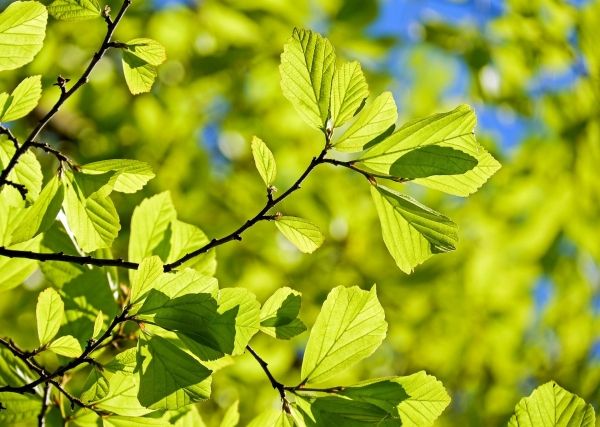The flag leaf is the last to emerge, indicating the transition from crop growth to grain production. Photosynthesis in this leaf provides the majority of the carbohydrates needed for grain filling—so it is the most important leaf for yield potential. A team from the University of Illinois and the International Rice Research Institute (IRRI) found that some flag leaves of different varieties of rice transform light and carbon dioxide into carbohydrates better than others. This finding could potentially open new opportunities for breeding higher yielding rice varieties.
Published in the Journal of Experimental Botany, this study explores flag leaf induction—which is the process that the leaf goes through to “start up” photosynthesis again after a transition from low to high light. This is important because the wind, clouds, and movement of the sun across the sky cause frequent fluctuations in light levels. How quickly photosynthesis adjusts to these changes has a major influence on productivity.
For the first time, these researchers revealed considerable differences between rice varieties in the ability of flag leaves to adjust to fluctuating light. They also showed that the ability to adjust differs between the flag leaf and leaves formed before flowering. Six rice varieties chosen to represent the breadth of genetic variation across a diverse collection of more than 3000 were analyzed as a first step in establishing if there was variation in ability to cope with fluctuations in light.
Read more at Carl R. Woese Institute for Genomic Biology


